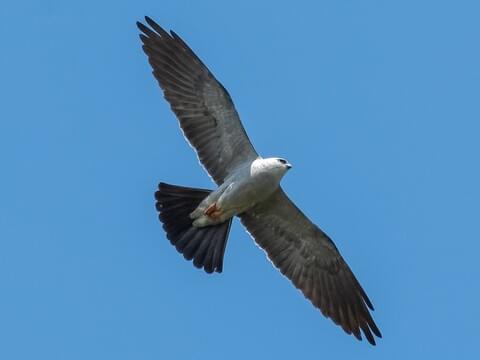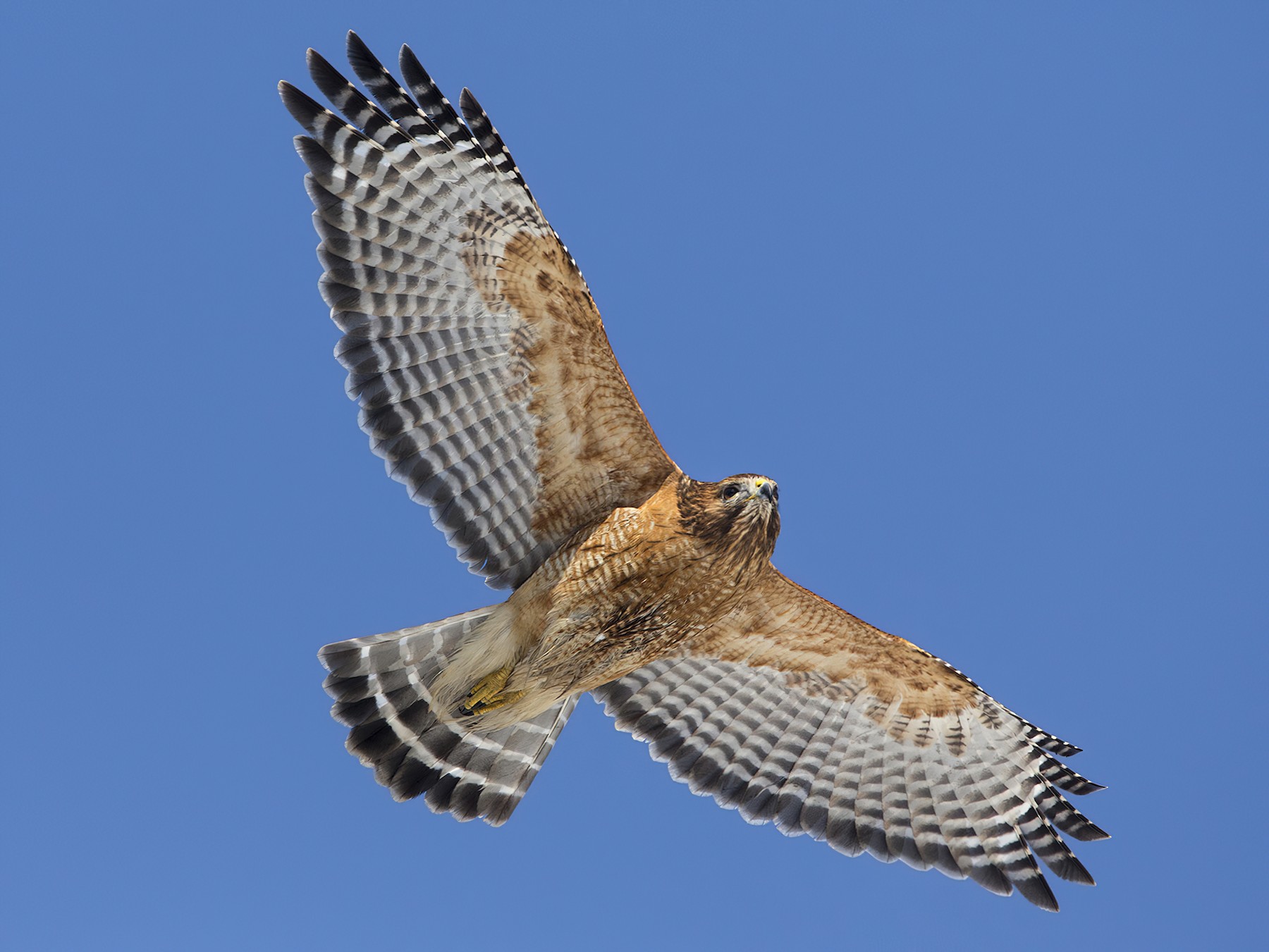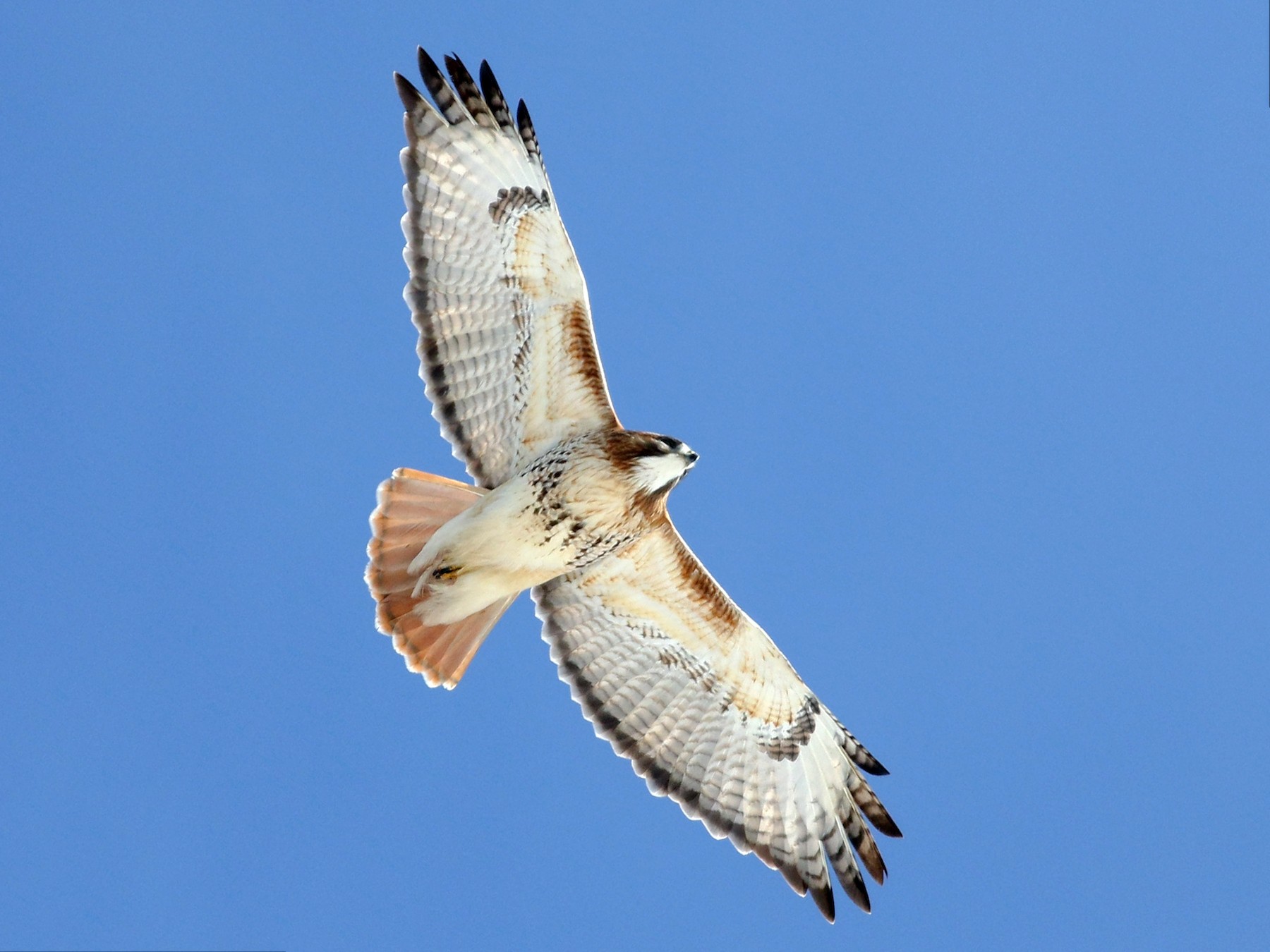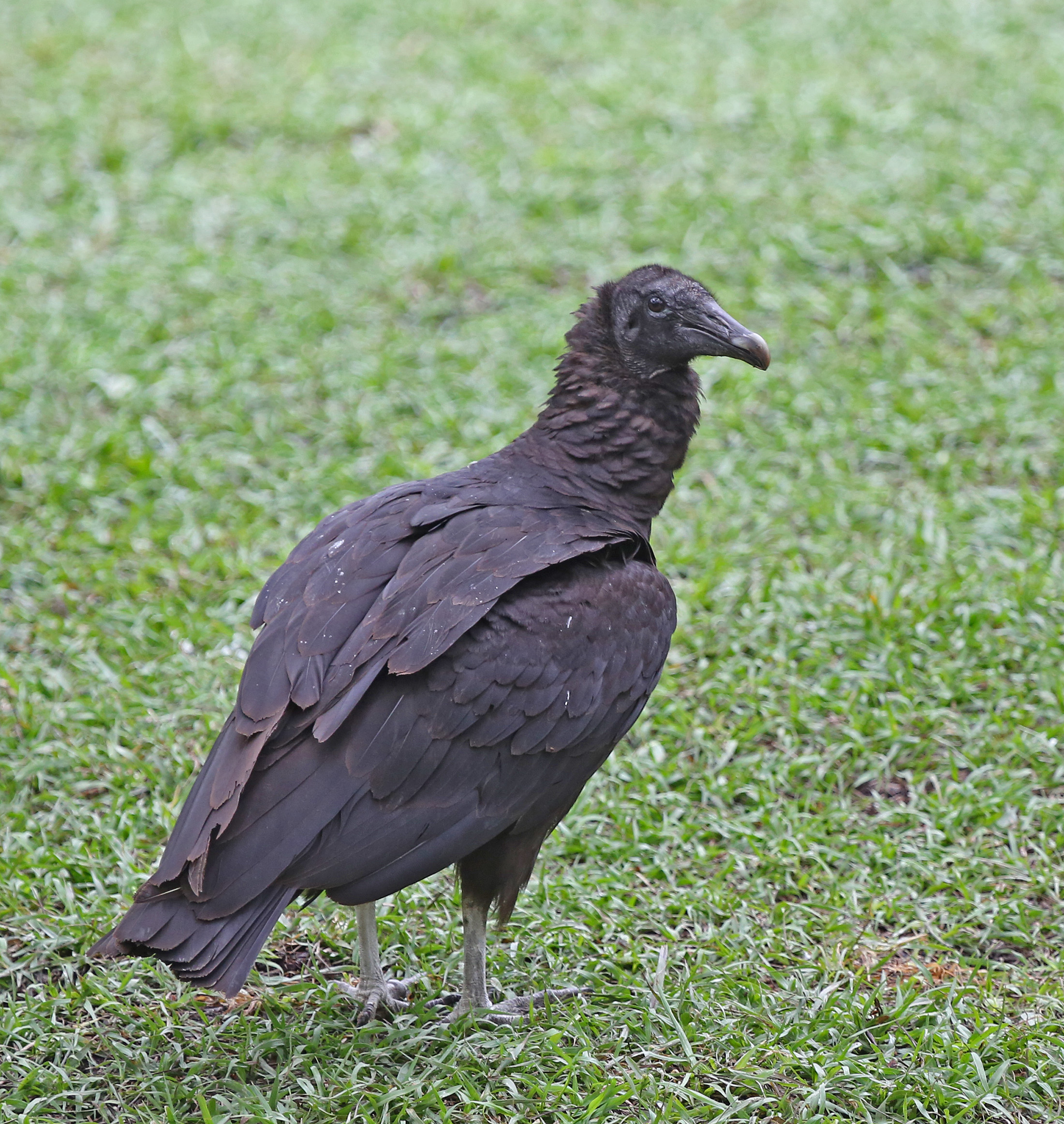Mississippi Kite
If there was one bird that I had a love-hate relationship with it probably would be with this bird. I think they are the most common bird of prey in the Norman area, I feel like anywhere I turn I see them, and I hear them when I don’t want to hear anything. When I was working the nightshift at Mercy hospital these guys would decide to shriek right when I was going to sleep. On the other hand, whenever I talk about them almost nobody knows what I am talking about. Like how?? They are literally everywhere. I am their biggest defender and enemy.
These guys are SO easy to id. Look for the perfect triangle of a tail on their grey bodies. They sometimes have a lighter head than wings, but I have also seen ones that are slate grey all over. There was this one that used to sit on the same branch of a pine tree right outside my window every single day. I named it Corbin. He also came back this year which leads me to believe that they migrate and return to the same place to breed. I just looked it up and this is a controversial point, looks like the general consensus is they return to the same area but select new nest sites yearly.
I was going to end this entry on the last paragraph but in my research, there is an interesting habitat distribution of these birds. They reside in the United States during breeding season and winter in central South America. Their concentration is relatively diffuse along the Mississippi River, and they are more concentrated along the southeastern coast of the United States near marshes and rivers. Recently their population has had a major increase along the western great planes (Tex/OK area) and they behave differently in these areas, more residential nesting sites further from water in larger colonies. which is why I have been seeing so many of them in the great planes area. They are also locally abundant, so I guess Norman has a lot of large insects.



